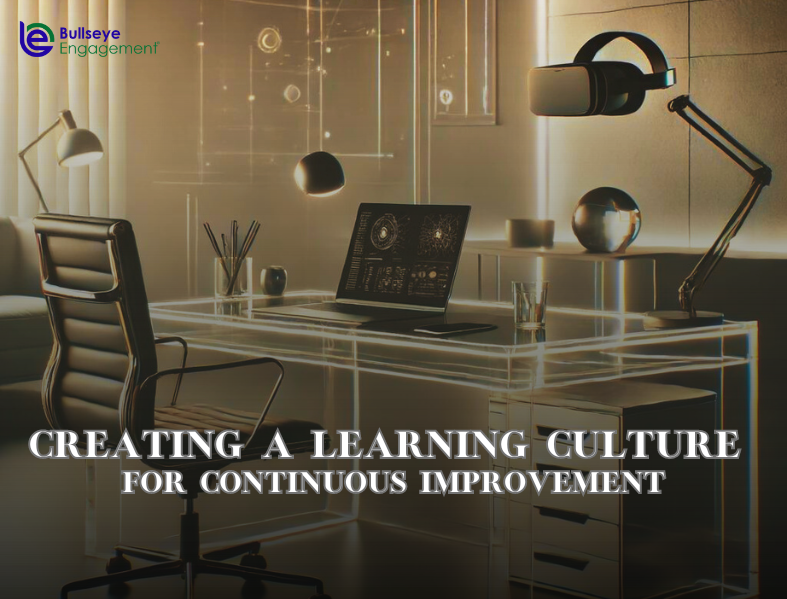As companies enter their re-opening phase, it’s important to re-visit succession plans that were paused. Many companies fail to handle succession planning correctly, which can lead to high costs. According to analysis done by Harvard Business Review, the amount of market value eliminated by badly managed CEO and C-suite transitions is around $1 trillion a year. Now is the time to future-proof your organization.
Consider these succession planning best practices to help you avoid pitfalls.
- Communicate and Develop the Plan Regularly
Previously for many organizations, succession planning was a once-a-year exercise. But with the rapid changes in these times, discussions should happen quarterly. Having more frequent development of the plan ensures that your current candidates are heading in the right direction. The conversations with talents should also be ongoing to adapt to the challenges and changing environment of the organization.
- Balance Objectivity with Empathy
At the core, succession planning is a tool that should be people-centered as well as data-driven. Deloitte‘s study on the ideal approach for growth is “a succession program that leaders want to participate in, which can only happen when all participants appreciate its value and feel that it is fair and easy to navigate”. To achieve this takes effort and time, but ultimately it’s about considering the human emotions and motivations at play behind the process.
- Go Digital
Planning by spreadsheets and paperwork can get disorganized or complex. Consider implementing a digitized succession planning process to make storing, sharing, and accessing information about your employees easier. Technology can also help you create organization charts to gather insights more strategically. (See Bullseye’s solutions for Succession Planning)
- Conduct Contextual Assessments
With hybrid and remote work becoming more prominent, more challenges arise and newer skillsets are becoming relevant. Consider how they responded to the pandemic and how that might have impacted their performance. Productivity, resilience, empathy, and adaptability are clear characteristics of those with high potential.
- Align succession plan with corporate goals
Discuss with the executive and board members what their goals are for the organization and bring that insight into your succession plan. Analyze what skills and experience are needed by the decision makers to effectively develop your successors.
Succession planning is not just about selecting a new candidate but about constant communication, identifying and developing employees, and keeping talent in the pipeline.

















